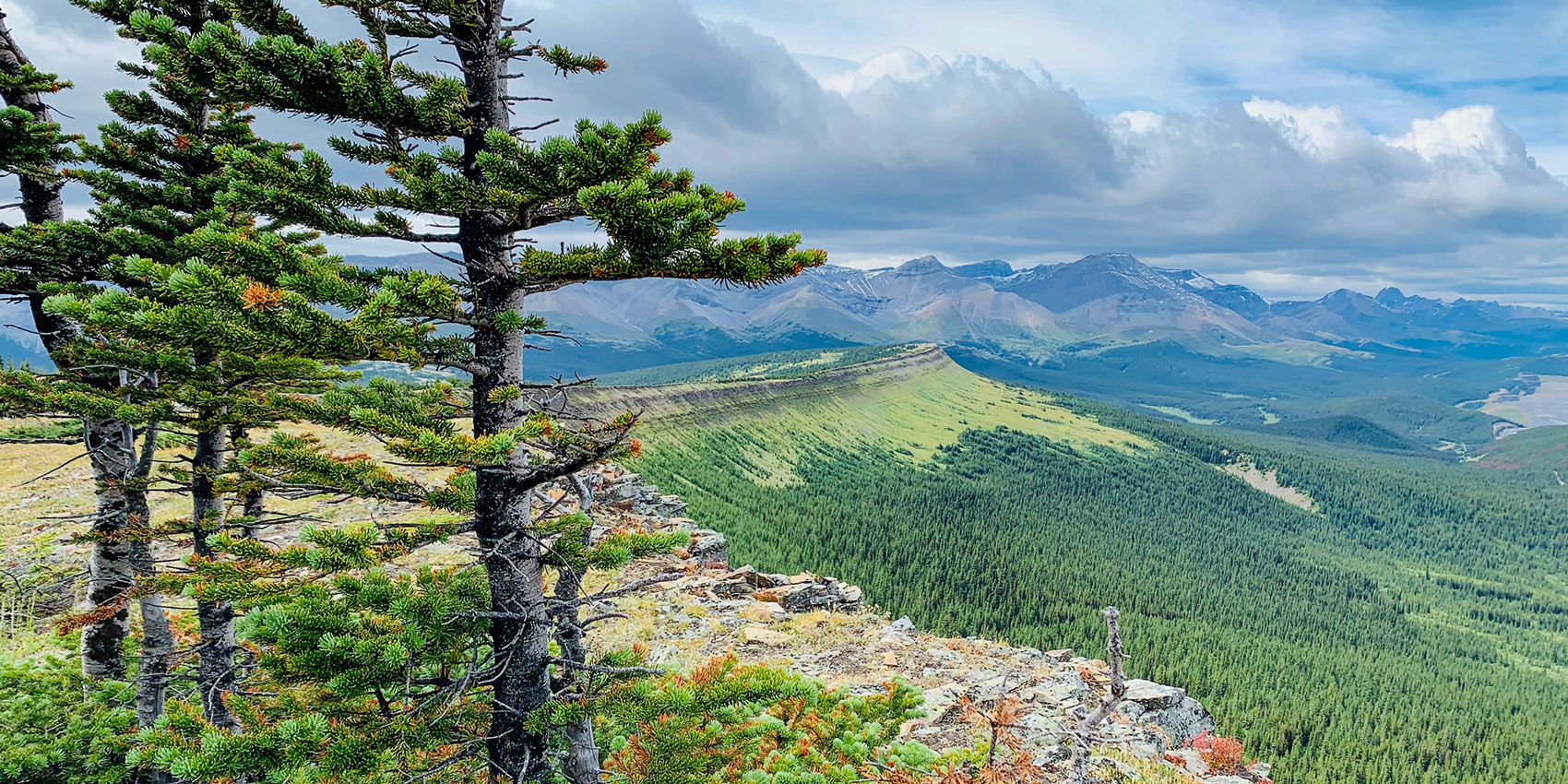
Abstract
In heterogeneous forest landscapes prone to wildfires, accurate classification of the fire regime beyond direct observations and records is difficult. This is in part due to the methods used to reconstruct historical fires in complex, heterogeneous landscapes with varying fire severities. Mixed-severity fire regimes, defined as variations in wildfire severity over time and/or space, have important implications for ecosystem functioning and forest management. Fire event detection is used to reduce uncertainties in historical tree-ring proxy records. The number of fire events considered in fire regime classification varies based on detection criteria (filters) that are researcher-selected, such as number of trees or plots recording fire. Here we analyzed the sensitivity of fire regime classification to common detection criteria in a mixed-severity fire regime in the eastern foothills of the Rocky Mountains, Alberta, Canada. We found that detection criteria bias records toward high-severity events and against potentially ecologically significant low-severity fires in mixed-severity regimes, ultimately classifying them as higher severity. We conclude that detection criteria methods must address the scale that is relevant to the ecological or management questions being addressed.
Access the full article (with subscription) here, or contact Dave Andison.
Citation
Stretch, V, Z. Gedalof, J. Cockburn, and M. F.J. Pisaric. 2016. Sensitivity of reconstructed fire histories to detection criteria in mixed-severity landscapes. Forest Ecology and Management 379 (2016) 61–69.







